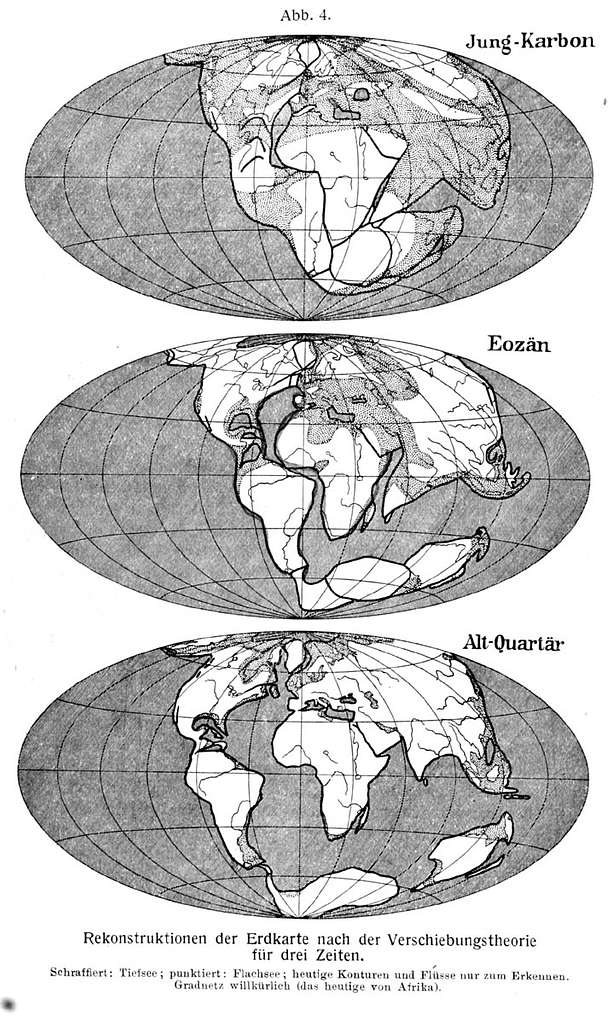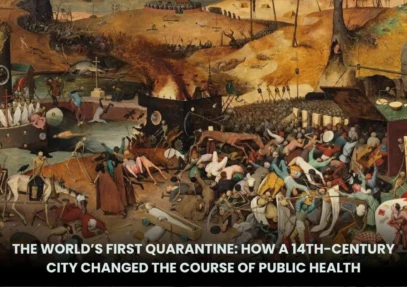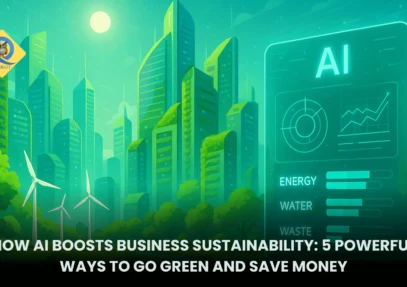How did the planets in our solar system get their names?
Trade tariffs are taxes or duties imposed by a government on goods and services imported from other countries. They are a common tool in international trade policy and serve various economic and political purposes. Here's a detailed breakdown of what tariffs are and how they work: Types of Tariffs ARead more
Trade tariffs are taxes or duties imposed by a government on goods and services imported from other countries. They are a common tool in international trade policy and serve various economic and political purposes. Here’s a detailed breakdown of what tariffs are and how they work:
Types of Tariffs
- Ad Valorem Tariffs: These are calculated as a percentage of the value of the imported goods. For example, a 10% tariff on a $1,000 product would mean a $100 tax.
- Specific Tariffs: These are fixed charges per unit of the imported good, such as $50 per ton of steel.
- Compound Tariffs: A combination of ad valorem and specific tariffs. For instance, a product may be taxed at 5% of its value plus $20 per unit.
How Trade Tariffs Work
- Imposition: When a government imposes a tariff, it applies the tax to imported goods at the port of entry.
- Example: If a country imports $10 million worth of cars and has a 20% tariff, the importer must pay $2 million in tariffs.
- Pass-Through Costs: Importers often pass on the additional costs of tariffs to consumers, making imported goods more expensive.
- This may encourage consumers to purchase domestic products instead of imports.
- Revenue Generation: Tariffs generate revenue for the government, especially in countries where trade taxes form a significant part of the budget.
- Trade Protectionism: Tariffs are often used to protect domestic industries from foreign competition by making imported goods less attractive due to higher prices.
Impacts of Tariffs
- Economic Impact:
- On Consumers: Higher prices for imported goods can reduce purchasing power.
- On Producers: Domestic industries may benefit from reduced competition, but industries relying on imported inputs may face higher costs.
- Trade Relations: High tariffs can lead to trade disputes, with affected countries imposing retaliatory tariffs, resulting in a trade war.
- Global Supply Chains: Tariffs can disrupt supply chains, increasing production costs and impacting global trade.
Examples of Tariffs in Action
- US-China Trade War: The US imposed tariffs on Chinese goods, and China retaliated with tariffs on US exports, affecting industries and consumers in both countries.
- Steel and Aluminum Tariffs: Countries often impose tariffs on these materials to protect domestic industries, which can affect the cost of manufacturing globally.
Criticisms and Alternatives
- Criticisms:
- Tariffs can hurt consumers through higher prices and reduce economic efficiency.
- They can lead to retaliatory actions, escalating trade tensions.
- Alternatives: Countries may use subsidies, quotas, or trade agreements to manage trade policies without resorting to tariffs.
Trade tariffs are a powerful but often controversial tool in economic policy. While they can protect domestic industries and generate revenue, they may also lead to higher consumer costs and strained international relations.
See less







The names of the planets in our solar system are rooted in ancient mythology and cultural traditions. Here’s a breakdown: Mercury: Named after the Roman messenger god, Mercury, known for his speed, because the planet moves quickly across the sky. Venus: Named after the Roman goddess of love and beauRead more
The names of the planets in our solar system are rooted in ancient mythology and cultural traditions. Here’s a breakdown:
The tradition of naming planets after Roman and Greek gods reflects the influence of ancient astronomers, who sought to connect celestial objects with divine figures from their mythologies. This convention continues today for newly discovered celestial bodies.
See less